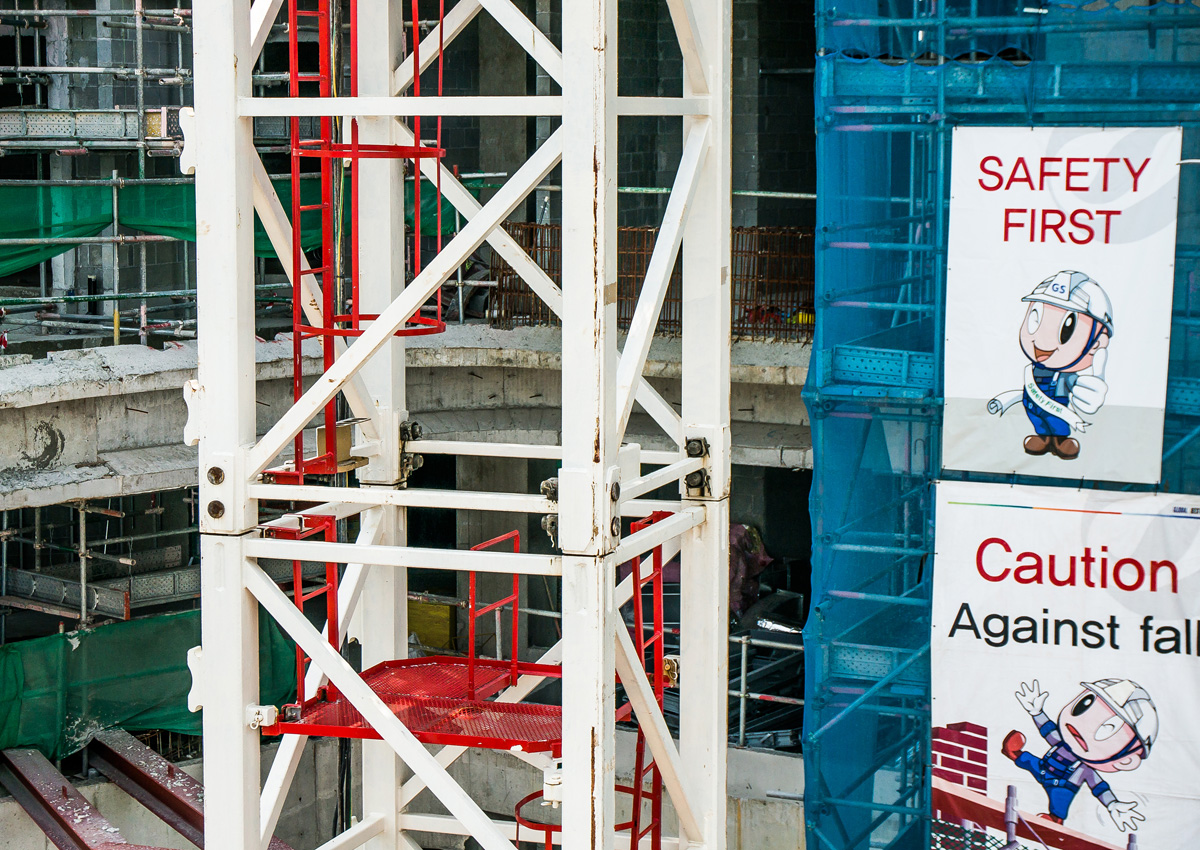Fewer workers were injured last year but more died while on duty.
Last year, 66 workers were killed at their workplaces, up from 60 in 2014, according to an annual report released by the Workplace Safety and Health (WSH) Institute yesterday.
This works out to about 1.9 deaths per 100,000 employed workers last year, up slightly from 1.8 per 100,000 workers in 2014.
Construction accounted for the most fatalities last year, with 27 deaths. Transportation had 15 deaths, and manufacturing had six.
A total of 23 workers fell to their deaths. Traffic accidents took 10 lives, while 10 workers were killed by moving objects.
“These fatalities could have easily been prevented if we just paid a little bit more attention to workplace safety and health,” said Minister of State for Manpower Sam Tan at a workplace safety conference yesterday.
But even as the number of deaths rose, fewer workers were hurt at work. Last year, 12,285 workers suffered major or minor injuries at work, down from 13,535 in 2014.
There were 597 major injuries, such as fractures and burns, reported last year, down from 672 in 2014. About one-quarter of the major injury cases were in the construction sector.
Cases of minor injuries, such as cuts and sprains, fell to 11,688, from 12,863 in 2014.
Dr Gan Siok Lin, executive director of the WSH Institute, urged employers to pay more attention to the risks that their workers face.
“Recognition of risks is critical as it is the trigger for further action to control risk,” she said.
Mr Tan said he was worried about the recent spike in workplace deaths. Nine workers were killed in separate accidents in January.
“All these precious lives could have been saved,” he said, adding: “We need to redouble our efforts to prevent accidents.”
After the spike in deaths in January, a four-week blitz by the Manpower Ministry at 500 worksites found close to 700 safety lapses.
Seven worksites were ordered to stop work until the safety issues were fixed.
To further reduce the number of deaths and injuries at worksites, the WSH Council has printed and distributed a pocket-size checklist for worksite supervisors to remind their workers of safety tips.
Also in the pipeline are safety clinics to be held at worksites and a new programme to help companies implement traffic safety.
These measures will be rolled out in the second half of this year, said Mr Tan.
Industry players welcomed the new programmes.
Mr Yeo Kim Hock, divisional safety manager at Gammon, said contractors will benefit from the programmes’ accessibility.
“The new programmes will make safety education more convenient and accessible, so there will be wider outreach.”
Others said the programmes will improve the relationship between the authorities and contractors.
“Instead of seeing the authorities as enforcers, we see them as educators,” said Mr Allan Low, the environment, health and safety manager at Teambuild Engineering & Construction.
“Things will improve,” he added.
tohyc@sph.com.sg
kenggene@sph.com.sg

This article was first published on March 11, 2016.
Get a copy of The Straits Times or go to straitstimes.com for more stories.






